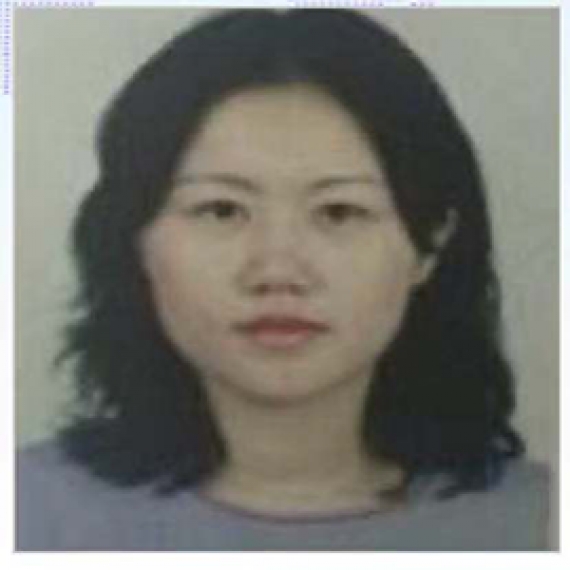上海交大医学院附属瑞金医院创面修复 创面治疗师 、上海市创面修复研究中心主管护师、中国医疗保健国际交流促进会创面修复与再生分会青年委员、全国创面修复专科联盟1239项目成员。
黄丽芳
Latest from 伤口世界
- Facial Contrast Is a Cross-Cultural Cue for Perceiving Age
- Novel Rotational Combination Regimen of Skin Topicals Improves Facial Photoaging: Efficacy Demonstrated in Double-Blinded Clinical Trials and Laboratory Validation
- Senescent T Cell Induces Brown Adipose Tissue “Whitening” Via Secreting IFN-γ
- FGIN-1-27 Inhibits Melanogenesis by Regulating Protein Kinase A/cAMP-Responsive Element-Binding, Protein Kinase C-β, and Mitogen-Activated Protein Kinase Pathways
- The biochemistry of melanogenesis: an insight into the function and mechanism of melanogenesis-related proteins

